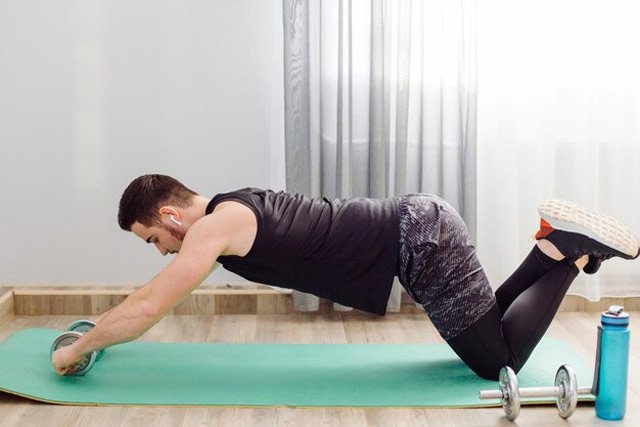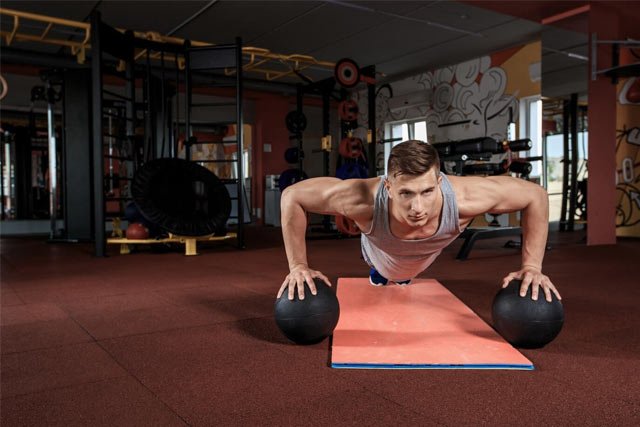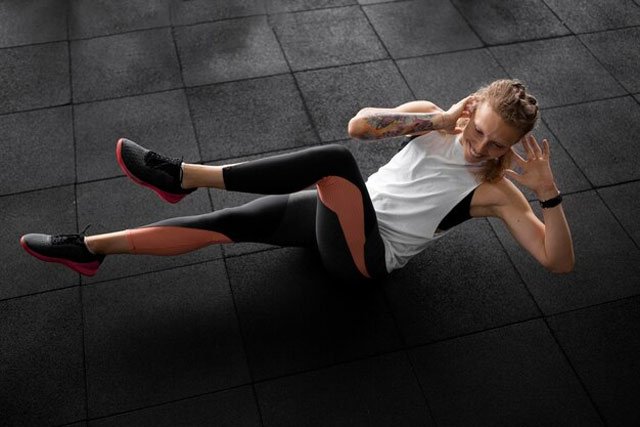Do you dream of a sculpted chest and powerful triceps that exude confidence? Look no further than chest dips—an exercise that not only targets your triceps but can also be tailored to carve out a remarkable chest. In this extensive guide, we will delve deeper into the intricacies of chest dips, tricep dips, various engaging variations, and how to transform your upper body. Whether you’re a beginner or an advanced fitness enthusiast, this guide will take you on a journey on what muscles do dips work?
1- Decoding the Essence of Dips

1.1. What Are Dips?
Often hailed as the “facelift for the chest,” dips are a transformative exercise that forms the backbone of upper body workouts. Explore the fundamental movements, variations, and how to take them to the next level by adding resistance.
1.2. Why Choose Dips?
Uncover the unique benefits that make dips work as a standout choice for those looking to sculpt chest and triceps muscles.
2- Muscles Engaged: A Symphony of Strength

2.1. Chest Dips:
Target Muscles
- Pectoralis Major (Chest)
- Pectoralis Minor (Chest)
Assisting Muscles
- Anterior Deltoid (Shoulders)
- Triceps Brachii (Arms)
- Rhomboids (Back)
- Levator Scapulae (Back)
- Latissimus Dorsi (Back)
- Teres Major (Back)
Stabilizing Muscles
- Trapezius (Back/Shoulders)
2.2. Tricep Dips:
Target Muscles
- Triceps Brachii (Arms)
Assisting Muscles
- Anterior Deltoid (Shoulders)
- Pectoralis Major (Chest)
- Pectoralis Minor (Chest)
- Rhomboids (Back)
- Levator Scapulae (Back)
- Latissimus Dorsi (Back)
Stabilizing Muscles
- Trapezius (Back/Shoulders)
3- Benefits Unveiled: Beyond Aesthetics

3.1. Complementary to Your Routine
Dips can seamlessly fit into any upper body workout, serving as an excellent warm-up or a challenging burnout exercise.
3.2. Easy to Scale (Difficulty Level)
Explore how dips cater to all fitness levels, providing options to add difficulty by altering body angles or incorporating resistance.
3.3. Supports Muscle Growth, Strength, and Development
Learn how dips work to muscles growth, strength, and sculpting when executed with proper form and tailored to individual fitness goals.
3.4. Improves Joint Health
Discover the potential of dips to enhance connective tissue strength and flexibility, preventing joint stiffness, aches, pains, and injuries.
3.5. Convenience – You Can Do Them Almost Anywhere
Explore the simplicity of dips, can be done within a gym or even without that, requiring minimal equipment and showcasing their versatility in various settings.
3.6. Mental Benefits: Beyond the Physical
Uncover the positive impact dips can have on your mental well-being, from increased confidence to enhanced focus.
4- A Dip for Every Goal: Types and Techniques

4.1. Chest Dips
4.1.1. Traditional Chest Dips
Master the classic chest dip form, from grip techniques to body positioning, to optimize chest engagement.
4.1.2. Advanced Chest Dips: Adding Resistance
Explore the world of captain’s chair dips and how adding resistance can elevate your chest dip game.
4.2. Tricep Dips
4.2.1. Tricep Dip Perfection
Dive into the nuances of tricep dips, understanding the role of body positioning and proper form.
4.2.2. Intensifying Tricep Dips: The Vertical Challenge
Uncover the secrets of maintaining a vertical position during tricep dips for targeted tricep engagement.
4.3. Double Bench Dips
Discover the intricacies of double bench dips, emphasizing triceps for maximum development.
4.4. Weighted Dips
Learn the art of incorporating weighted dips into your routine, with a detailed guide on using weight belts and plates.
4.5. Unconventional Variations
Explore creative variations like Band-Assisted Dips, Ring Dips, and more, each offering unique challenges and benefits.
5- Mastering Form: Injury Prevention Tips

5.1. Rounded Shoulders
Learn the importance of maintaining proper shoulder posture throughout the exercise to prevent unnecessary stress and potential injuries.
5.2. Swinging Their Body
Discover why keeping your body still and controlled during dips is crucial for maximizing chest and triceps engagement while minimizing shoulder stress.
5.3. Not Going Low Enough
Understand the significance of a full range of motion, ensuring optimal activation of the chest and triceps muscles.
5.4. Breathing Techniques: The Silent Power
Unlock the power of proper breathing techniques during dips, enhancing stability and performance while preventing injuries.
6- Beyond Dips: A Holistic Approach

6.1. Core Engagement During Dips
Discover how dips can be a secret weapon for enhancing core strength and stability.
6.2. Combining Dips with Other Exercises
Explore synergies between dips and other exercises, creating a well-rounded workout routine.
6.3. Dips as a Progression Tool
Learn how dips can be used as a benchmark for tracking your overall fitness progression.
6.4. Dips Challenges: Elevate Your Workout Game
Explore advanced dip challenges that push your limits and contribute to continuous improvement.
Conclusion:
Incorporate the insights from this comprehensive guide to unleash the full potential of the muscles that dips work. From mastering different dip variations to understanding muscle engagement and injury prevention, this guide equips you with the knowledge to sculpt the upper body you desire. Gear up, grab those handles, and embark on a transformative journey towards a stronger, more confident you!
FAQ: Addressing Your Dipping Dilemmas
Can Anyone Do Dips?
Absolutely! Dips are a versatile exercise suitable for individuals of varying fitness levels. Beginners can start with assisted dips or use a dip station with a focus on proper form. As strength increases, one can progress to more challenging variations like weighted dips or advanced techniques.
How Often Should Dips Be Incorporated?
The frequency of incorporating dips depends on individual fitness goals and overall workout structure. For beginners, 2-3 times a week is a good starting point, gradually increasing as endurance and strength improve. Advanced enthusiasts might incorporate dips more frequently, adjusting the intensity to avoid overtraining. It’s essential to balance dips with a well-rounded workout routine.
Are Dips Safe for Beginners?
Yes, dips can be safe for beginners with proper guidance. Start with assisted dips or bench dips to build strength and proper form. Avoiding common mistakes like rounded shoulders and swinging the body is crucial. Gradual progression and attentive form can make dips a valuable addition to a beginner’s workout routine.
Can Dips Be Done at Home?
Absolutely! While traditional dip stations are effective, creative alternatives can be used at home. Chairs, parallel bars, or sturdy countertops can serve as suitable surfaces for dips. For those craving variety, suspension trainers or resistance bands can add resistance and challenge to home dip workouts.
What Should I Eat Before Dips?
Pre-dip nutrition is crucial for optimal performance. Consume a balanced meal 2-3 hours before your workout, focusing on carbohydrates for energy and proteins for muscle support. Hydration is equally important; ensure you’re well-hydrated before diving into your dip session. A light snack closer to the workout can provide a quick energy boost without causing discomfort.


